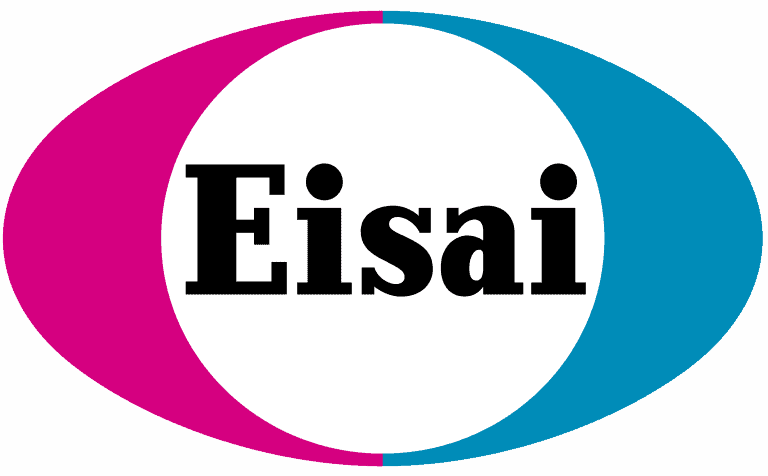Dravet syndrome is caused by a mutation in the SCN1A gene, which codes for the NaV1.1 sodium channel a subunit. As described in previous summaries, gene therapy is becoming a very promising approach for fixing genetic disorders, with the use of adeno-associated virus (\”AAV\”) as the preferred delivery system – but the coding region of the SCN1A gene is too large to incorporate into a recombinant AAV vector. In the current paper, the authors exploit the fact that the NaV1.1 sodium channel is actually a complex, consisting of the a subunit plus two smaller b subunits. The b1 subunit has been shown to modulate the function of the a subunit. The authors hypothesized that over-expression of NaVb1 could augment the activity of any residual a subunits, and thereby help reduce the symptoms of Dravet syndrome.
They constructed an AAV vector designed to generate increased levels of NaVb1, and injected it into the cerebral spinal fluid of neonatal Dravet mice. The AAV-NaVb1-treated Dravet mice displayed increased survival. They also showed reduced spontaneous seizures, and improvement of motor functions and performance abilities on behavioral tests.
The authors noted differences in results based on gender. First, in untreated Dravet mice, females showed a higher degree of mortality than males. Therefore, the increased survival observed after treatment was more pronounced in females than in males. Also, regarding the behavioral aspects, only the male mice displayed abnormal performance on the tests of fear, anxiety, learning, and memory; therefore the improvement seen upon treatment was observed only for the male mice. The authors speculate on some physiological reasons for these gender differences, but do not present a definitive explanation.
In summary, the therapeutic efficacy of AAV-NaVβ1 seen in this study, (although one must keep in mind it was performed with mice), suggests a potential new therapeutic approach for treatment of Dravet syndrome.





